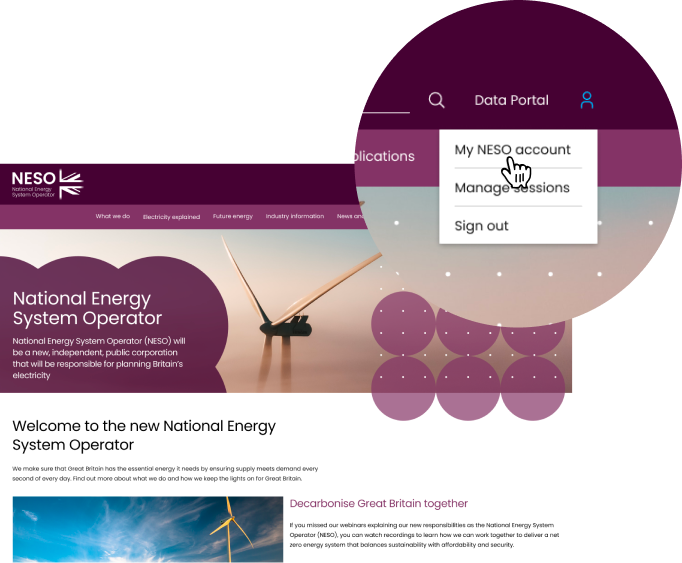Volta: Model driven Strategy for Balancing Optimisation (MSBO)
Project summary
As energy systems fundamentally change in a way not seen before, radical systems-level thinking is critical to adapt.
| Name | Status | Project reference number | Start date | Proposed End date |
|---|---|---|---|---|
| Model-driven Strategy for Balancing Optimisation (MSBO) | Live | NIA2_NGESO041 | Apr 2023 | June 2024 |
| Strategy theme | Funding mechanism | Technology | Expenditure | Third Party Collaborators |
|---|---|---|---|---|
| Data and digitalisation | NIA_RIIO-2 | Control Systems, Modelling | £690,000 | The Smith Institute, University of Strathclyde, Imperial College London |
The current balancing process is highly manual, placing increasing pressures on engineers. To overcome this, the ESO needs to design and develop optimisation tools that improve advice to the control room engineer. This project will deliver a consistent modelling approach to progressively handle new components and components that are currently resolved manually. The project aims to develop an Underpinning Balancing Model (UBM) and map existing manual processes to analytical equations aligned with the UBM. This will help develop a strategic approach to address control room challenges and needs, holistically formulating the balancing problem and informing future system design within a coherent mathematical framework.
Benefits
This project will deliver a mathematical framework to enable improved understanding and clear development of robust requirements needed to define the set of interlocking optimisation problems. The MSBO will also deliver clarity on the market inputs that future balancing optimiser tools will require, providing the ESO with a well-founded model and understanding that can be used to transparently engage with market players to facilitate future market changes that may be required. This project will also help identify areas to automate or improve processes that are currently resolved manually, increasing balancing efficiency whilst handling the increased complexity of a net zero decentralised grid.
Outcomes
WP1:
- Requirements from stakeholders collected to map current balancing roles, tasks, tools, and actions. These have been used to create the high level mathematical formulation of balancing.
- Component-based mathematical formulation of balancing developed, the Underpinning Balancing Model.
WP2:
- Bottom-up mapping of balancing roles, gathering information, processes and interview of stakeholders
- Detailed spreadsheets documenting identified balancing roles, actions, tools, data, etc., this has been identified as a useful document for potential control room training and addendum to existing process mapping.
- Static visualization explored to aid decision making.
Lessons Learnt
All balancing actions that are taken in the control room were articulated, categorized by roles and mapped to relevant tools and applications. While it is valuable to have such articulation of balancing actions, it is still very complicated to comprehend and use for future design purposes. After several brainstorming sessions it was agreed to develop a dynamic visualization tool (Knowledge graph) to improve the ease of use of the articulated actions.
| Name | Published |
|---|---|
| NIA Project Registration and PEA Document | 23 June 2023 |
| Annual Progress Report | 25 July 2024 |
